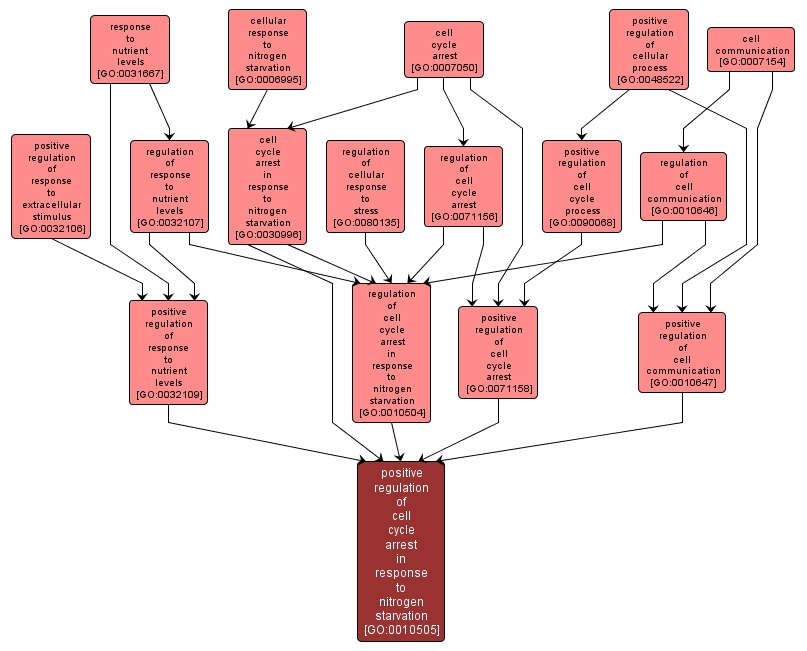GO TERM SUMMARY
|
| Name: |
positive regulation of cell cycle arrest in response to nitrogen starvation |
| Acc: |
GO:0010505 |
| Aspect: |
Biological Process |
| Desc: |
Any process that increases the frequency or rate of cell cycle arrest in response to nitrogen starvation. |
|

|
INTERACTIVE GO GRAPH
|














